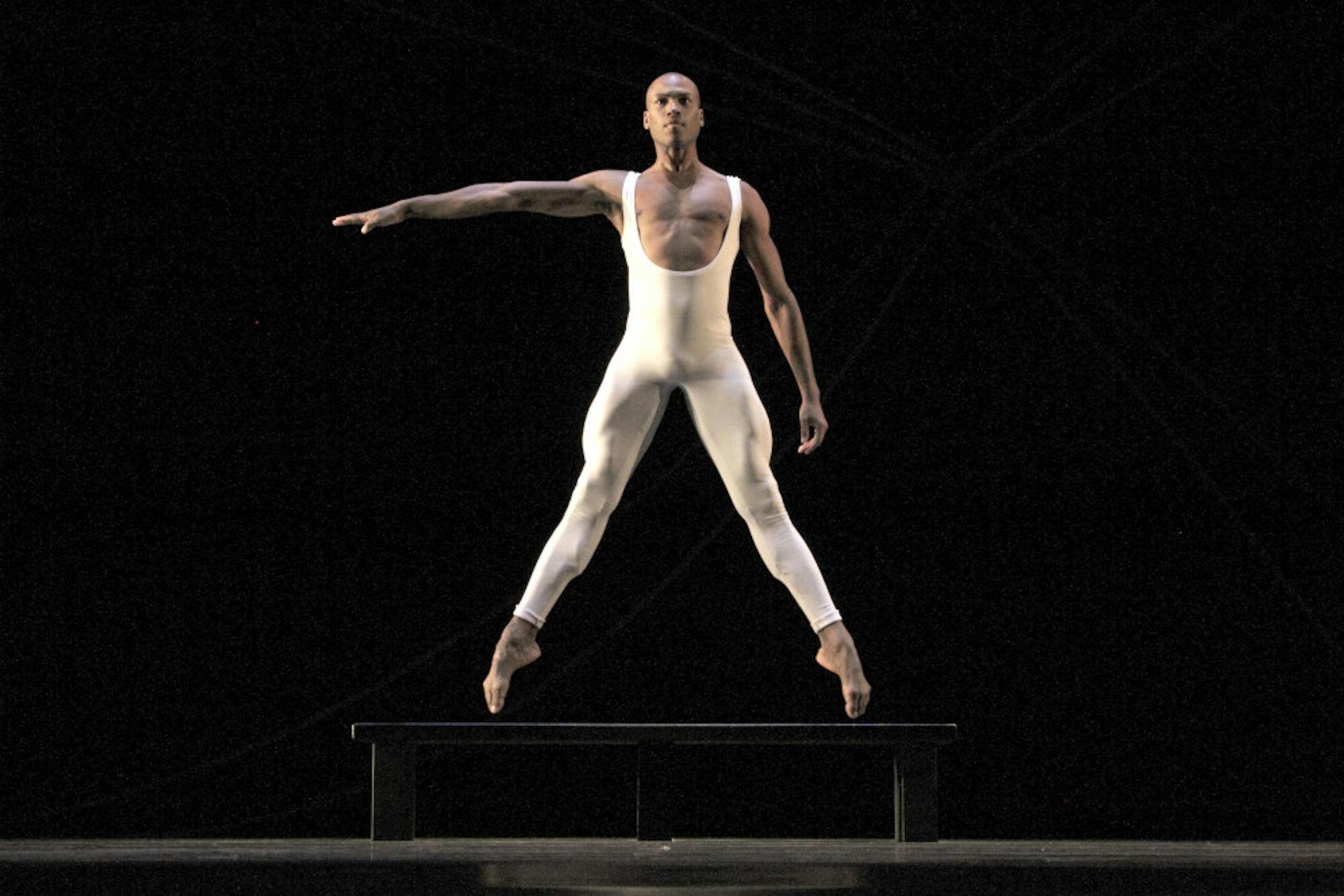From March 26 to 29, a beautiful, kinetic energy filled the Citi Wang Theatre in Boston, as the lithe dancers of the Alvin Ailey American Dance Theater moved with powerful grace across the stage to echoing, often booming, songs and sounds. Although the Company danced only five performances from Thursday to Sunday, the visit -- sponsored by Celebrity Series of Boston -- was impactful.
Alvin Ailey American Dance Theater, founded in 1958 by renowned and influential African-American dancer and choreographer Alvin Ailey, is known for its diversity in style, choreography and performers. Watching a performance by the Ailey Company is an experience unlike any other, a viewing made ascendant by the remarkable skill of the dancers and cutting-edge choreography. The recent performances in Boston featured both new and old dances, some of which had been choreographed in the recent past and others years ago. No matter what year each dance was choreographed, all the pieces seemed groundbreaking and refreshing.
Boston viewers were treated to the city premieres of the dances “ODETTA” (Matthew Rushing, 2014), “The Pleasures of the Lesson” (Robert Moses, 2014), “Uprising” (Hofesh Shechter, 2006), “Awassa Astrige/Ostrich” (Asadata Dafora, 1932), “After the Rain Pas De Deux” (Christopher Wheeldon, 2005) and “Bad Blood” (Ulysses Dove, 1984). Productions of “LIFT” (Azure Barton, 2013) and the Ailey-choreographed masterworks “Night Creature” (1974) and “Revelations” (1960) were also performed.
The dances in each performance and the order in which they were performed varied depending upon the day and time of each show. On March 28 at 8:00 p.m., viewers had the opportunity to watch “Bad Blood,” followed by “Uprising” and then “ODETTA.” There was an interesting undercurrent of barely controlled tension in these three dances, whether of sexual, political or physical variety.
Set to music and spoken word collaborations by Laurie Anderson and Peter Gabriel, “Bad Blood” featured three female dancers and four male dancers. Each was dressed in either a skintight white unitard or simply white leggings, showcasing the dancers’ muscle-bound physiques as well as their extraordinary physical technique. “Bad Blood” was stunning from a purely technical standpoint, as dancers performed solos or pas de deux with controlled grace and fiery energy. The dance was incredibly kinetic, defined by impact between performers, complex lifts and moves that left the viewer breathless. Choreographed by Ulysses Dove, this dance opened the performance with both beautiful energy and delicacy.
The second dance of the night, “Uprising,” was far more esoteric in its style and message. Featuring seven male dancers in different colored shirts and cargo pants, the majority of the dance relied solely on sound effects with only minor, interspersed pieces of music. The sound effects were mostly comprised of a collection of booming sounds, which emphasized the conflictive nature of the performance. In this dance, the men alternated between variations in which they would run frantically at times and stand still at others. They would get into what could easily be construed as fights and then lie motionless on the ground. When there was movement, the dance thrived, but it contained too many stretches where dancers stood still as the sound of heavy rain echoed through the theater. The piece was clearly meant to show the futility and brutality of some political scene, but its overall message -- whether of peace or destruction -- was obscured by choreography that felt too arcane to connect with the audience.
The last dance of the evening was “ODETTA,” in which the Company danced to spoken word and songs performed by Odetta, a civil rights-era folk singer with a bluesy style. This performance was the most overtly political, particularly in the segment “Masters of War,” wherein dancers marched in front of an American flag while the soft voice of Odetta accused an unknown assailant of callous brutality. While its message was not subtle, the piece managed to be heartbreaking and stunning nonetheless, due to the extreme skill of the dancers and the flawless choreography. The dance ended on a hopeful note with the segment “Freedom Trilogy,” clearly communicating through the dance how love and freedom can be powerful forces of healing.
The Alvin Ailey American Dance Theater is a national institution for a reason. The Company combines unique, yet flawless dancing techniques, modern choreography and powerful messages in each dance. The five performances brought a new voice and style to Boston, and the Company briefly elevated the city’s arts scene with its energy and aplomb.
Alvin Ailey American Dance Theater brings energy, heart to Boston

In "Bad Blood," the dancers' skintight leotards and leggings show off their limber movements and strong bodies.
Summary
The five performances brought a new voice and style to Boston, and the Company briefly elevated the city’s arts scene with their energy and aplomb.
4 Stars





